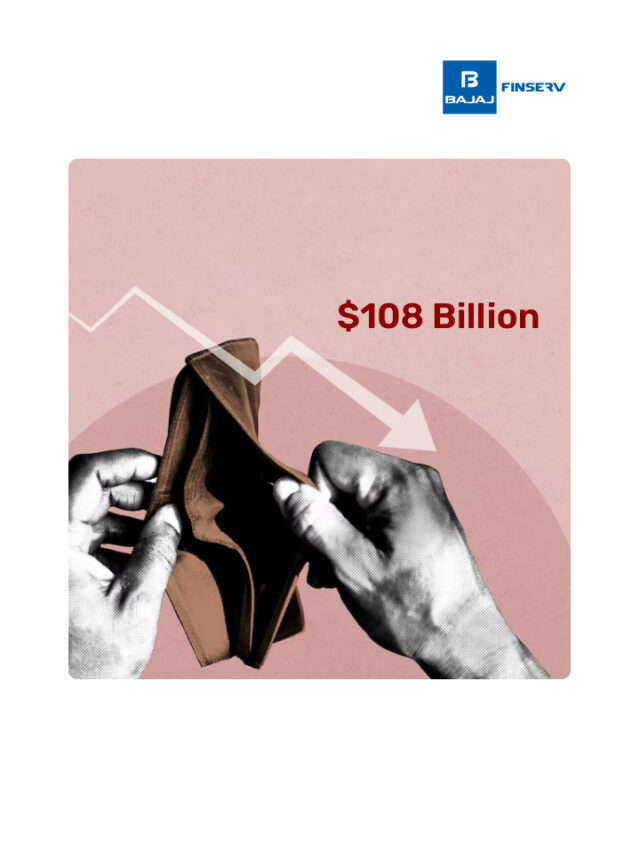What are Shares – Meaning & Types of Shares
Last Updated on November 2, 2023 by BFSLTeam BFSLTeam

It is not uncommon for people new to the stock market to wonder what shares are and how they work. Shares are a valuable tool to generate wealth and meet your varying financial goals in life. Thus, understanding their workings becomes essential to make prudent investments. By the end of this guide, you will be able to comprehend the meaning of shares, their various types, and their significance in the financial world. So, let’s get started and equip you with the knowledge you need to advance your investment efforts.
Table of Content [hide]
- 1 Shares Meaning – Getting to the Basics
- 2 What Are Shares and Stocks
- 3 Types of Shares – Diving Deeper
- 3.1 1. Ordinary Equity Shares:
- 3.2 2. Preference Shares:
- 3.3 3. Cumulative Preference Shares:
- 3.4 4. Non-Cumulative Preference Shares:
- 3.5 5. Convertible Shares:
- 3.6 6. Non-Convertible Shares:
- 3.7 7. Redeemable Shares:
- 3.8 8. Rights Shares:
- 3.9 9. Bonus Shares:
- 3.10 10. Dividend Shares:
- 3.11 11. Growth Shares:
- 3.12 12. Value Shares:
- 4 In a Nutshell
Shares are also referred to as stocks. They represent the holder’s ownership in a company. By owning shares of a company, you become its shareholder, which implies you hold a percentage of the company proportionate to the number of shares you own. This allows you to an interest in the company’s assets, earnings, and occasionally even the ability to vote on important issues.
A common question in the minds of trading just starting out is, “So, what are stocks?”. Shares and stocks are terms often used interchangeably. They refer to the same concept: ownership in a company. When a company decides to raise funds, it divides its ownership into smaller units, which are shares or stocks. These units are then sold to individuals or entities, allowing them to become shareholders.
Now you know the definition of shares. You should also know, shares exist of various types, each with their unique attributes. Let’s explore the different types of shares that companies offer:
These are the most common type of shares and form the foundation of a company’s ownership structure. Ordinary shareholders have voting rights in company decisions and share in its profits. Within ordinary equity shares, there are subtypes that shed light on the company’s financial structure and the extent of shareholder participation.
- Authorised Share Capital: This represents the maximum value of shares a company can issue. It outlines the company’s potential financial scope and how much it can raise from shareholders. While not all authorised shares are necessarily issued, this cap provides flexibility for future expansion.
- Issued Share Capital: This refers to the portion of authorised shares that the company has actually issued or allotted to shareholders. It indicates the initial amount of ownership distributed to investors.
- Subscribed Share Capital: Among the issued shares, the subscribed share capital represents the shares for which investors have applied. It showcases the demand for the company’s shares in the market.
- Paid-up Capital: This is the amount of money that shareholders have paid to the company for the shares they hold. It reflects the actual investment made by shareholders into the company.
If you prefer stability over voting power, preference shares might be your cup of tea. These shares come with a fixed dividend and are paid out before ordinary shareholders receive their share of profits.
Also Read: Difference Between Equity and Preference Shares
A variation of preference shares, cumulative preference shares ensure that if the company can’t pay dividends in a particular year, they accumulate and must be paid before any dividends to other shareholders.
These types of shares do not gather unpaid dividends. If the company chooses not to distribute a dividend, it will not be carried forward.
Convertible shares come with a twist. They can be converted into ordinary shares after a predetermined period or under specific conditions.
As the name suggests, these shares cannot be converted into ordinary shares. They remain as they are, offering stability but without the potential for transformation.
Some companies issue shares with an expiry date. These shares are redeemable after a certain period or under specific circumstances, providing a defined exit strategy.
Companies sometimes offer existing shareholders the first opportunity to buy additional shares before they’re offered to the public. These are rights shares. Shareholders can exercise this right in proportion to their existing shareholding.
Bonus shares are additional shares given to existing shareholders without any cost associated with them. Companies may offer bonus shares in lieu of cash dividends. Rewarding shareholders and/or increasing the company’s liquidity in the market are two of the most prominent reasons why companies issue bonus shares. After the issuance of bonus shares, the value of each share reduces, however, your total investment amount remains as it was.
Dividend shares are a popular choice for investors seeking regular income from their investments. Usually, these shares are offered by companies that have a consistent track record of distributing a part of their profits to shareholders in the form of dividends. Dividend share are often referred to as income shares and are popular among those investors who value stability and a steady flow of income, as they can supplement your income without having to sell your shares.
Growth shares belong to companies that are likely to grow rapidly and higher than their sectoral average, in the future. These companies reinvest their profits back into their business to fund their growth and expansion, instead of disbursing them as dividends. Growth share, also known as capital appreciation shares, are well-suited for investors with a long-term horizon, patience, and a higher risk tolerance. However, it’s important to note that growth shares can be more volatile in nature, and investments in these should be backed by through research and careful planning.
Value shares belong to companies that are trading at a price lower than their deemed intrinsic value. Investors on the look out for companies with undervalued shares (lower current value than their actual worth), are likely to invest in value shares. Value investing requires thorough research and a long-term perspective, as it may take time for the market to correct its valuation.
Beyond these subtypes, companies can further tailor their shares to meet specific needs. Some shares may carry higher voting rights, ensuring certain stakeholders have a stronger say in company matters. Others may come with restrictions on selling or transferring, offering a unique blend of benefits and limitations.
Also Read: How To Apply Buyback of Shares?
In a Nutshell
Shares are the building blocks of ownership in a company. They grant you a slice of the company’s success and, sometimes, a role in its decision-making. From ordinary shares to preference shares, the world of shares offers a diverse range of options for investors. So, whether you’re a novice or a seasoned investor, understanding the meaning of shares and being able to differentiate among the various types can empower you to make informed financial decisions and embark on your journey in the exciting world of investments.










